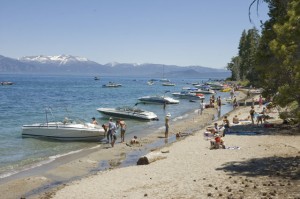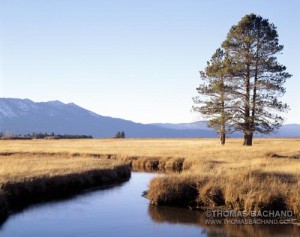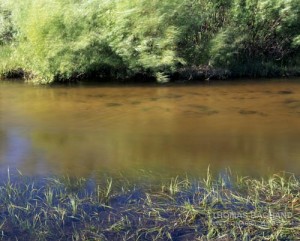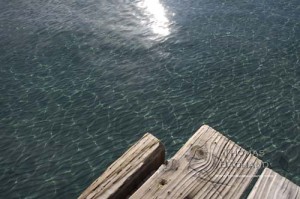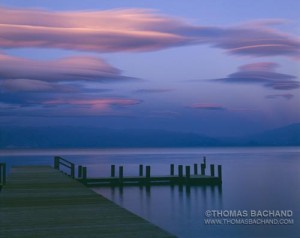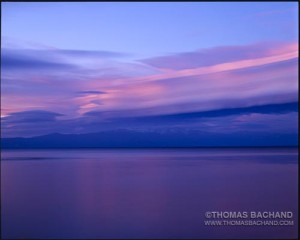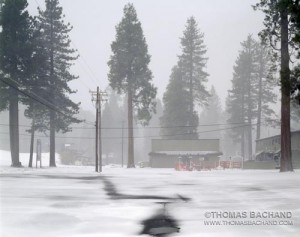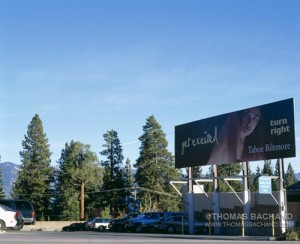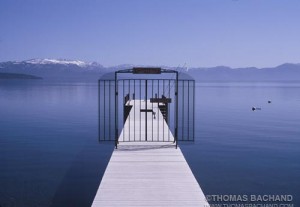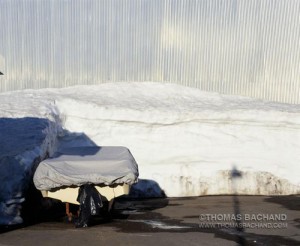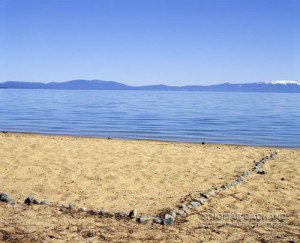It’s become common knowledge that invasive species are a significant threat to Lake Tahoe’s ecosystem and water quality. The Tahoe Environmental Research Center offers an overview on the lake’s invasive species and history on their website. Given that invasive species are most commonly introduced into the lake by boaters and occur in greater concentrations near marinas, it is perplexing that the boating community is not making a greater effort to protect Lake Tahoe.
While the boating community is to be commended for getting on board with invasive species boat inspections in a single year, there is ample opportunity for boaters to be proactive and to mitigate their effects on Tahoe. Lakefront property owners obstruct views and access with their piers and buoys. Boat noise is a constant din during summer. Once a boat is launched into the lake, it enjoys free use of the entire lake. Even where boating restrictions exist, short staffing at parks and sheriff departments hinders enforcement.
The photograph above shows a typical summer day at Sugar Pine Point State Park where boaters illegally beach their boats, effectively prohibiting paying park users from swimming or walking along the shore. The park claims that they do not have the staffing to patrol the beach. In effect, the non-paying park users prevent legitimate park patrons from using the beach. If the park is unable to properly monitor a given activity, it should be banned altogether instead of allowed to persist unabated.
It is perplexing as to why boaters are not paying the annual state parks use pass fee (plus additional camping fees when applicable) for water access to California’s parks. In addition, it only seems appropriate that boaters should pay additional fees to fund ongoing invasive species eradication programs. These fees could easily be assessed when boat owners register their boats and submit to inspections.
By paying their way, boaters would strengthen stewardship of Lake Tahoe instead of weakening it by overtaxing already strained resources. The funds would go a long way towards keeping parks adequately staffed and increasing the protection of this national treasure.
If you agree with these sentiments, send an email Susan Grove (sgrove@parks.ca.gov), Superintendent at the California Department of Parks and Recreation, Lake Tahoe Sector, Sierra District. Please CC the League to Save Lake Tahoe (info@keeptahoeblue.org).
